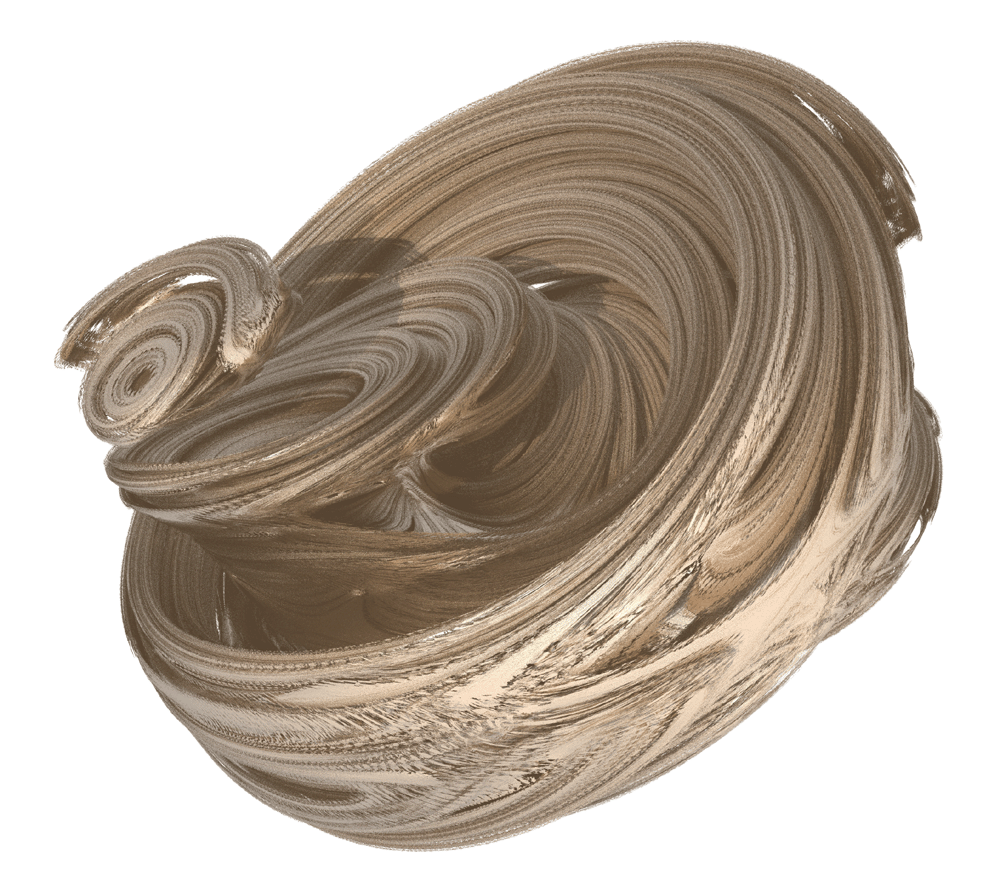I’ve discovered a new language for scientific computation : Julia.

A quaternion Julia fractal
Here’s a description :
Scientific computing has traditionally required the highest performance, yet domain experts have largely moved to slower dynamic languages for daily work. We believe there are many good reasons to prefer dynamic languages for these applications, and we do not expect their use to diminish. Fortunately, modern language design and compiler techniques make it possible to mostly eliminate the performance trade-off and provide a single environment productive enough for prototyping and efficient enough for deploying performance-intensive applications. The Julia programming language fills this role: it is a flexible dynamic language, appropriate for scientific and numerical computing, with performance comparable to traditional statically-typed languages.
Among other things, it is very computationally efficient (it beats Matlab and Python by a large margin) and the syntax is very close to Matlab, making the transition very easy. And it is free !
I’ll let you know if I find it to be a viable alternative to commercial solutions…On the other hand, I’ve also randomly discovered a new IDE which solves some problem related to code-munching : Light Table.
Among other things, it provides the ability to interactively evaluate the code as it is being written, and gives a convenient access to the documentation.
Light Table – a new IDE from Chris Granger on Vimeo.For now, it is compatible with Python… If it were to be integrated with Julia, that would be the best alternative to Matlab ever !
Let’s craze about it !Lastly, you can iterate your learning of x in y minutes !